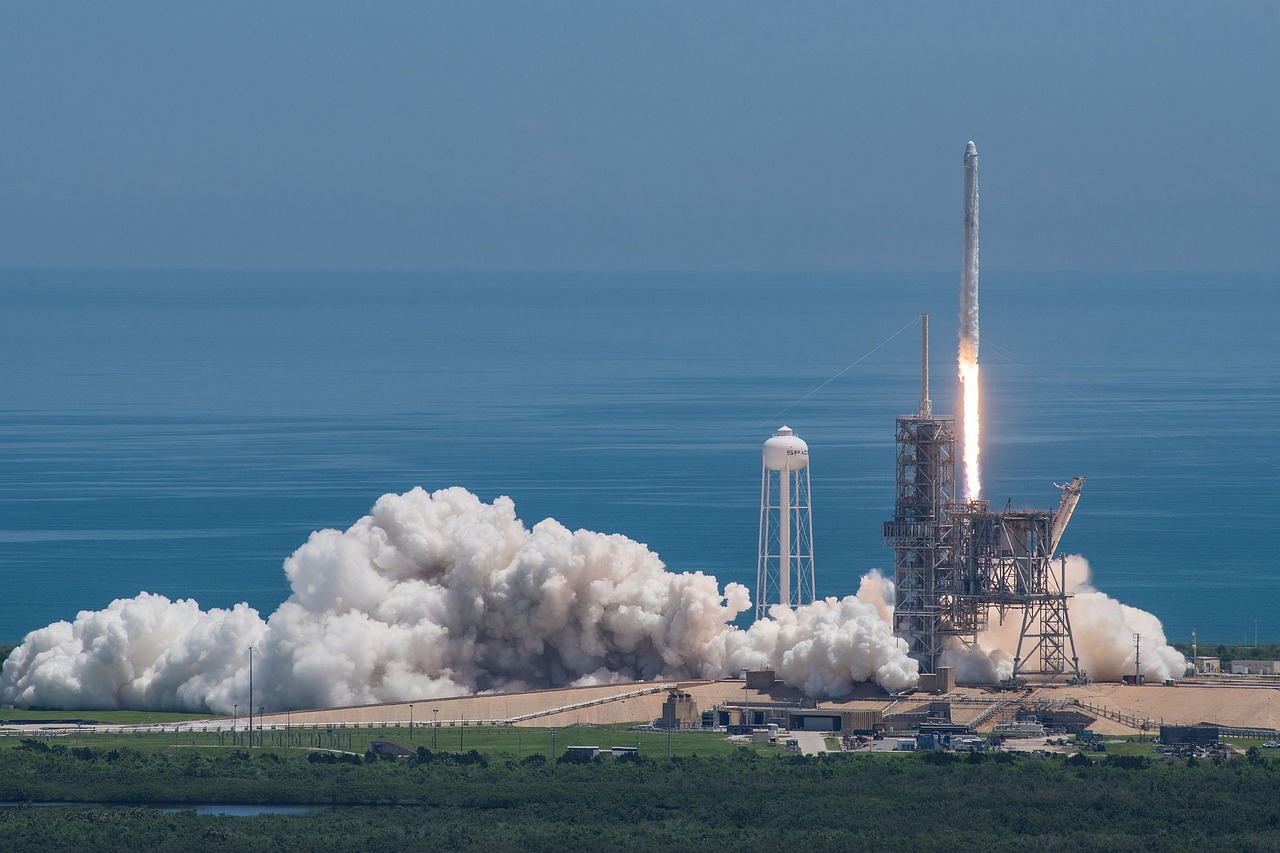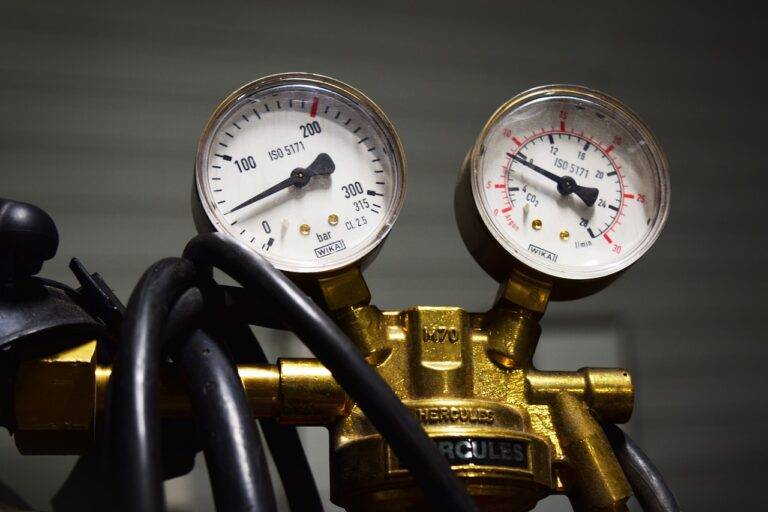The Role of Tech in Disaster Response: Drones, AI, and Predictive Analytics
In the realm of disaster response, technological innovations are revolutionizing the way emergencies are managed. One such advancement is the utilization of drones to assess disaster-affected areas swiftly and accurately. These unmanned aerial vehicles (UAVs) equipped with cameras provide real-time aerial footage, which aids in the identification of affected regions and helps rescue teams plan their strategies effectively.
Furthermore, the integration of artificial intelligence (AI) has significantly improved the speed and accuracy of damage assessment after a disaster strikes. AI algorithms can analyze vast amounts of data collected from various sources, such as satellite imagery and social media feeds, to create detailed maps of the affected areas. This data-driven approach enables responders to prioritize their resources efficiently and respond promptly to critical needs, ultimately enhancing the overall effectiveness of disaster relief efforts.
Advancements in Unmanned Aerial Vehicles
Unmanned Aerial Vehicles (UAVs), commonly known as drones, have seen significant advancements in recent years. These technological innovations have revolutionized disaster response efforts worldwide. The ability of UAVs to access hard-to-reach areas quickly and efficiently has proven crucial in assessing damage, identifying survivors, and delivering aid in a timely manner.
Moreover, the integration of advanced sensors and imaging technology in UAVs has enhanced their capabilities for disaster response. These drones can now provide real-time data and high-resolution images, enabling emergency responders to make informed decisions rapidly. The versatility and adaptability of UAVs make them invaluable tools in mitigating the impact of natural disasters and humanitarian crises.
What are some of the technological innovations in disaster response using unmanned aerial vehicles?
Some technological innovations in disaster response using UAVs include improved sensors for better data collection, real-time monitoring capabilities, and autonomous flight for more efficient search and rescue operations.
How have advancements in unmanned aerial vehicles improved their effectiveness in various applications?
Advancements in UAV technology have led to increased flight time, better navigation systems, and higher payload capacities, making them more versatile and effective in applications such as agriculture, infrastructure inspection, and security surveillance.
What are some of the key features of modern unmanned aerial vehicles?
Modern UAVs are equipped with GPS navigation systems, high-resolution cameras, thermal imaging sensors, and advanced communication capabilities, enabling them to perform a wide range of tasks with precision and efficiency.
How are unmanned aerial vehicles being used in the military and defense sector?
UAVs are being used in the military and defense sector for reconnaissance missions, target acquisition, battlefield surveillance, and even combat operations, providing a safer alternative to manned aircraft in certain situations.
What are some of the challenges faced in the development and deployment of unmanned aerial vehicles?
Some challenges in the development and deployment of UAVs include regulatory restrictions, concerns about privacy and security, limitations in battery technology for extended flight times, and the need for more advanced collision avoidance systems to prevent accidents.





